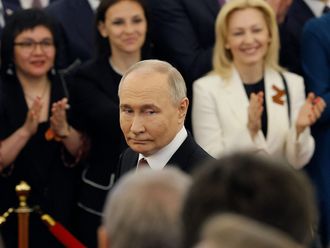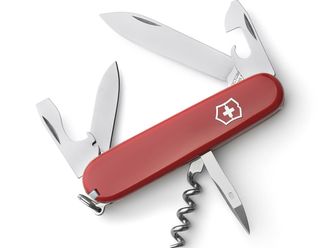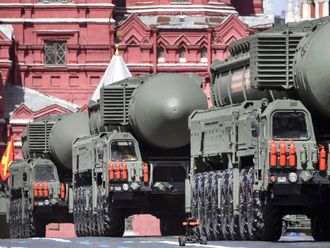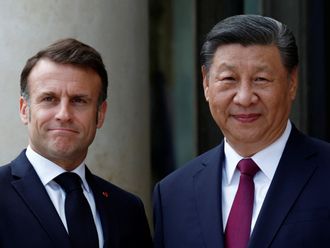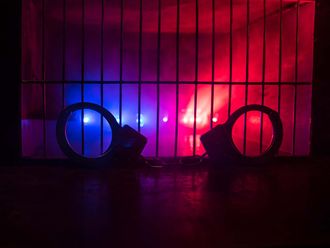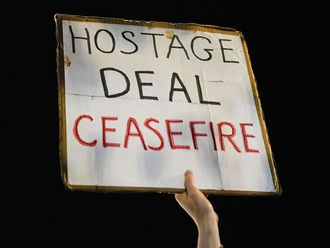_resources1_16a0851cc3b_medium.jpg)
What just happened?
After 16 months of on- and off-again negotiations, the European Union and the United Kingdom agreed on a draft text for Britain’s withdrawal from the 28-member economic, political and social bloc. But that deal must still be ratified by the UK parliament and by the EU. A special EU summit will take place later this month in Brussels. On Wednesday at 10 Downing Street in London, British Prime Minister Theresa presented that draft agreement to her divided cabinet. And the deal will have to be approved by parliament in a series of key votes.
_resources1_16a0851cc42_original-ratio.jpg)
What’s the big deal?
The biggest difficulty in reaching a Brexit agreement has always been the border between Northern Ireland and the Republic of Ireland to its south on the divided island. It’s the only land frontier affected by the UK’s decision to quit the EU after 45 years. Right now, it’s an open border, with no checkpoints, security or customs checks. The EU made it one of the conditions for any deal that it remain open, with goods, people and services flowing freely between north and south. Both sides have agreed on a “backstop” to ensure that happens.
_resources1_16a0851cc87_original-ratio.jpg)
What’s the backstop?
It’s a really poorly named phrase that simply means “guarantee” – a promise that no matter what happens in the future on a free trade deal that has yet to be negotiated, there would be no return for a “hard” border, one with checkpoints.
The EU fear that a hard border would increase the likelihood of a return to political and sectarian violence as occurred for three decades from 1969 onwards, a conflict that claimed 3,600 lives and injured 36,000 more.
_resources1_16a0851cc8a_original-ratio.jpg)
That’s not so bad, is it?
While the idea of keeping the border open is fine, the difficulty arises because May’s government relies on the support of 10 Members of Parliament from the Democratic Unionist Party (DUP) from Northern Ireland, who believe that the British-governed province is as much part of the United Kingdom as England, Scotland or Wales. That’s why they are adamantly opposed to any deal that will treat Northern Ireland differently than the UK. Anything that suggests, for example, the trucks or travellers might be inspected as soon as they reach mainland Britain, would be totally unacceptable.
_resources1_16a0851cc8c_original-ratio.jpg)
So, what’s all the fuss about?
May agreed to the backstop last December, but that promise infers that the UK will have to accept that laws between the EU and UK remain aligned. Keeping that close or parallel agreement has upset many Brexiteers, who voted in the referendum in June 2016 to take their nation out of the EU – letting Britain “take back control” of its own affairs and chart its own trade deals. As long as the two are aligned, that’s a betrayal of Brexit, and unacceptable.
_resources1_16a0851cc9c_original-ratio.jpg)
What does the deal say?
The text proposes that the whole of the UK remains in a customs union – no border checks – while a new trade deal is worked out. The difficulty is that there will be some differences in non-customs rules and regulations between Northern Ireland and Britain – which the DUP opposes. And as long as there’s a customs union, Brexiteers remain dissatisfied with the process.


